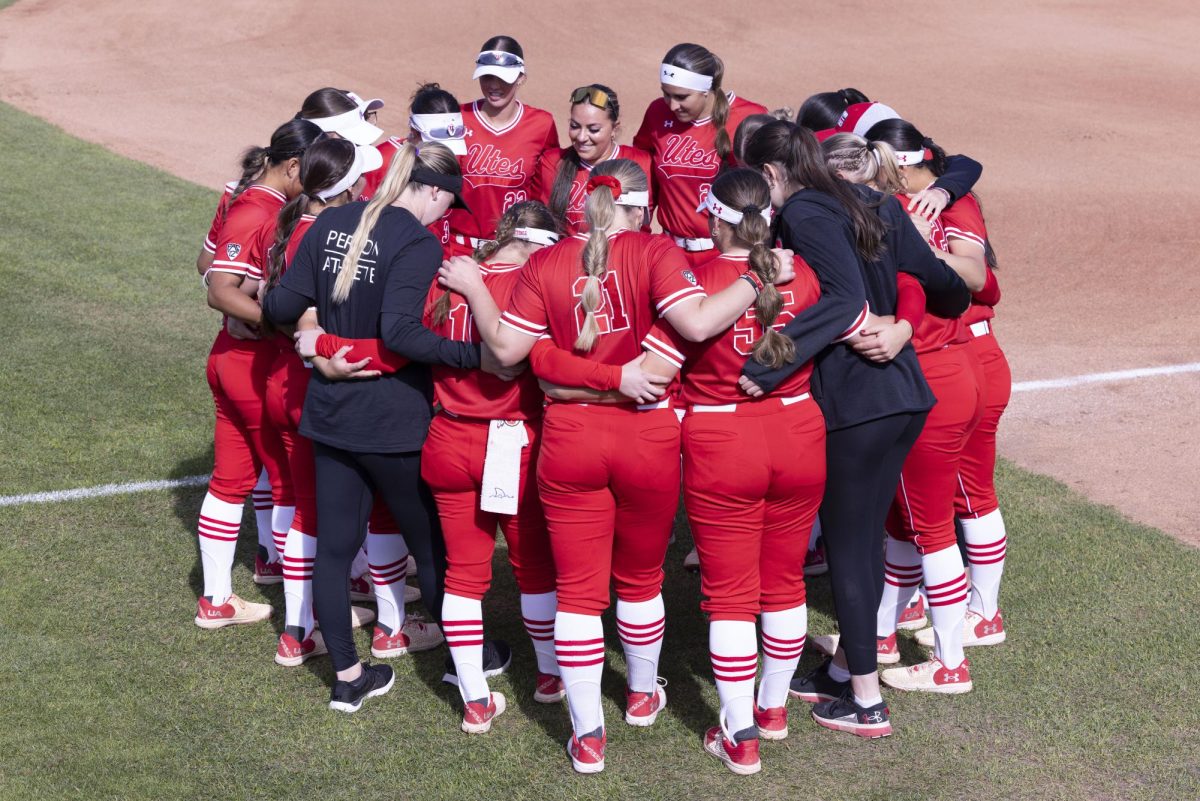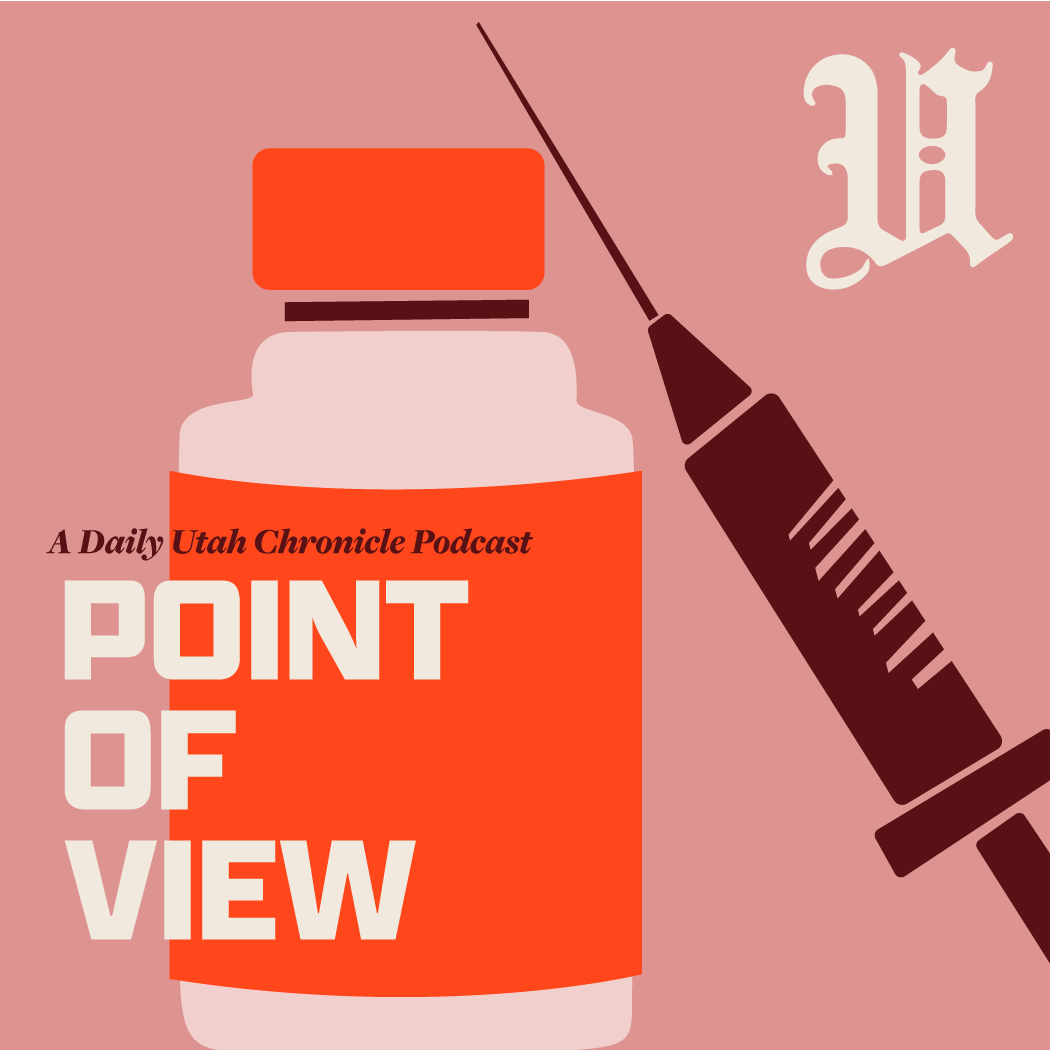
When stumbling upon the word “cartoon,” claymation characters with squeaky voices and lazy Saturday mornings spent in front of the television when we were seven jump to mind. But what about human rights infringements, war and government elections? These issues, among others, are the material of political cartoons, and while the cartoons themselves may be one-dimensional, their effects on us certainly are not. Political cartoons represent just one of the many ways in which art is becoming a useful tool in terms of political propaganda.
It goes without saying that our age is a creative one — with each burgeoning “gadget,” we find new and inventive ways to complete the same tasks. This emphasis on ingenuity spills over into every facet of our life as music and the visual arts transcend boundaries of old. It’s only natural that the world of politics be similarly affected.
Political cartoons are useful tools in educating the public on political terms and events. Their simple illustrations and satirical undertones facilitate understanding, and their appearance in newspapers and magazines make them easily accessible to voters.
Though popular in 18th century Europe, political cartoons were first used in the United States by Benjamin Franklin in his famous depiction of the colonies as segments of a snake accompanied by the words “Join, or Die.”
In later years, these cartoons represented one of the few pictures citizens had of their leaders. Thomas Nast was a powerful political cartoonist in U.S. history, as one of his cartoons condemning the Confederacy later credited him with aiding Lincoln in his reelection of 1864. Four years later, Ulysses S. Grant gained the presidency, attributing his victory to “the sword of Sheridan and the pencil of Nast.”
More recently artists from Arab nations have become daring in their depictions of leaders and the various atrocities occurring within the region. The Arab world was slow in adopting political cartoons into the media because of Islamic influence and its lack of iconographic emphasis, but today its charged images represent powerful political and social snapshots.
I’m not advocating the end of political writing in favor of illustration, because the cartoons tend to shed light on an issue rather than pose solutions. But their simplicity and acceptance by the general public make them vital to the public’s political knowledge. Recently, an article in the South China Morning Post announced the production of an animated film about the childhood of Mao Zedong that hopes to educate the young generation about their “glorious” former leader. And while the producers of the movie strategically fail at informing youth on the thousands of Chinese who were starved, exiled and executed during Mao’s Communist reign, this does represent a turning point in our means of political education. Films are an integral component of many cultures, including our own, and have the ability to reach and influence millions of people.
Our world is dominated by countless ways to communicate, learn and interact. And while the word “politics” summons less nostalgia than “cartoons,” with the help of the artistic medium, it can be just as easily understood.









